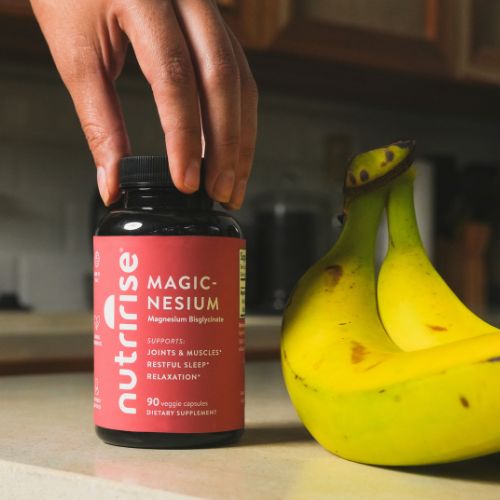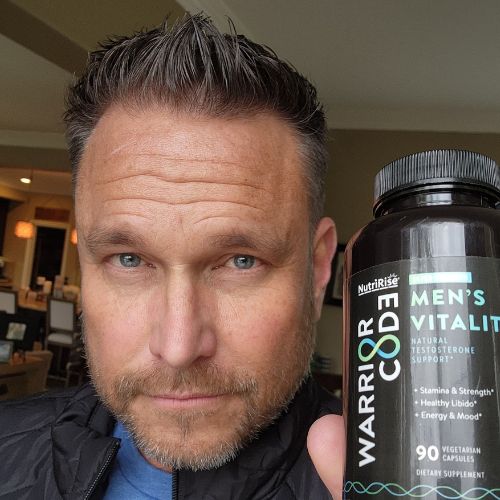Many diets come and go. But the ones that stick are based on a solid understanding of how the food we eat affects our bodies. One of these diets that’s here to stay is the slow carb diet, which was popularized by Tim Ferriss in his book The 4-Hour Body.
To understand how the slow carb diet works, we need to understand how our body processes different types of carbohydrates. The majority of carbs we consume come from breads, white rice, refined sugars, and baked goods. All of these foods have one key thing in common: they’re refined. Refinement in food processing makes it easier for the sugars in carbs to go straight into our bloodstream. This is the “blood sugar spike” you experience when you get a burst of energy and then crash.
You may think blood sugar spikes are a problem only if you have diabetes. But the reality is that they damage your body over time no matter how healthy you are otherwise.
The blood sugar rollercoaster
Here’s why constant blood sugar spikes are so harmful: Imagine that you have a busy day ahead of you and didn’t get to eat breakfast at home. What do you do? You grab a double-double coffee and a bagel with cream cheese from a local cafe. These foods make your blood sugar spike, which initially feels great.
However, while you energetically tackle one task after another at work, your body is working against you. When your blood sugar spiked, it made your pancreas release insulin, a hormone that tells your body to consume the sugar you just ate. The result? You run out of energy and start to feel hungry again. Unable to push through the hunger, you dash to the nearest fast food joint to grab a sandwich made from refined white bread.
And the cycle continues
When you continuously eat carbs with refined sugars, you end up in a continuous cycle of eating and burning sugar. And if you’re constantly burning sugar, there’s something you’re not burning: fat. This can place you at risk for a variety of diseases, such as heart disease, hypertension, obesity, and gastrointestinal diseases.




























